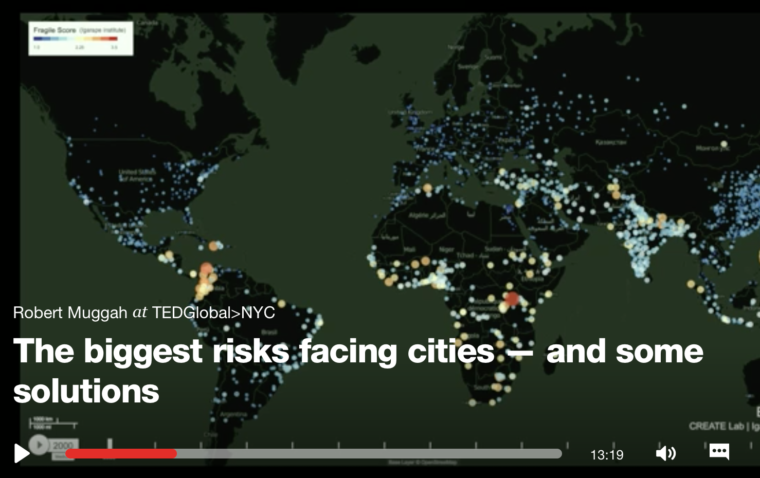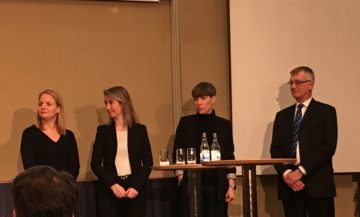 The book: Managing Digital Transformation, has collected the knowledge of 27 scholars across various academic disciplines, and provides insights and perspectives to help you govern and leverage digital transformation.
The book: Managing Digital Transformation, has collected the knowledge of 27 scholars across various academic disciplines, and provides insights and perspectives to help you govern and leverage digital transformation.
(see more on www.digitalchange.se )
The importance of not only looking ahead
How algorithms shaping our world
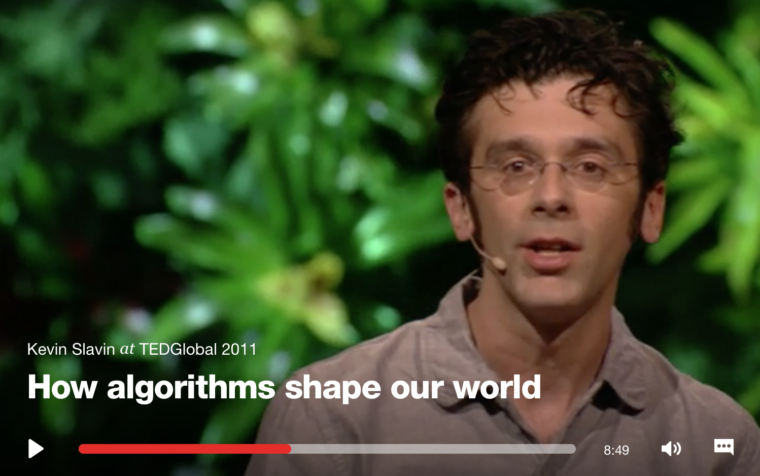
Todays TED talk recommendation is Kevin Slavin talking about how algorithms shaping our world.
We live in a world run by algorithms, computer programs that make decisions or solve problems for us. In this riveting, funny talk, Kevin Slavin shows how modern algorithms determine stock prices, espionage tactics, even the movies you watch. But, he asks: If we depend on complex algorithms to manage our daily decisions – when do we start to lose control?
The frustration paradox – the challenge of learning from start-up people in a mature company
A notable observation – when talking about intrapreneurship and innovation inside large existing companies – is that the complexity of the larger organizational structure seems to be a frustration both for the managers interested in change inside large traditional firms as well as for the self-proclaimed saviours – the consultants. We call tis the frustration paradox.
 Consultants, which sometimes are almost fanatically obsessed with their own tools, do not understand why the company doesn’t change “now that they know what to do” and sometime even how to do it (“I don’t understand – I gave them all the right tools”). Läs mer
Consultants, which sometimes are almost fanatically obsessed with their own tools, do not understand why the company doesn’t change “now that they know what to do” and sometime even how to do it (“I don’t understand – I gave them all the right tools”). Läs mer
Slides on how to think inside the box to solve the big problems!
The question: Can we save 25 per cent of the water we use?
The solution: Think inside of the box
See the slides from the seminar!
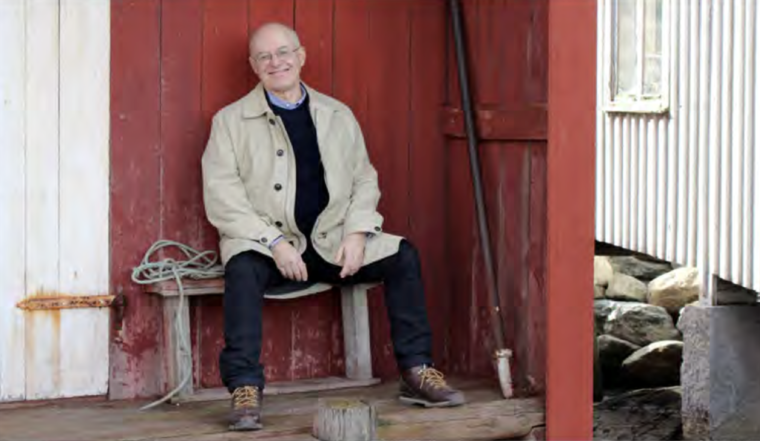
Swedish firms have stronger capabilities for corporate foresight than their European counterparts
 The four main findings
The four main findings
- Swedish firms act in a less dynamic environment than their European counterparts.
- Swedish firms’ environment is more complex.
- Swedish firms have stronger internal capabilities with regards to culture, method sophistication and information usage.
- Swedish firms have stronger perceiving (foresight scanning) abilities but weaker prospecting (analyzing the perceived trends) abilities than European firms.
Business opportunities in growing cities
Today we want to recommend a TED-talk by Dr Robert Muggah, he is the research director of the Igarape Institute and a principal of the SecDev Group. He is talking about the biggest risk facing cities and the business opportunities connected to that.
Is Talentism the New Capitalism?
Klaus Schwab, Founder and Executive Chairman of the World Economic Forum, thinks so and said as much as he opened 2013´s event in Davos. Today we started the day at KTH Executive School together with fifty persons working within consultancy discussing exactly this, attracting and engaging young professionals. The CEO of Universum was there to present their numbers of what engineering students think about their careers and their future and a panel of your professionals gave their point of view.
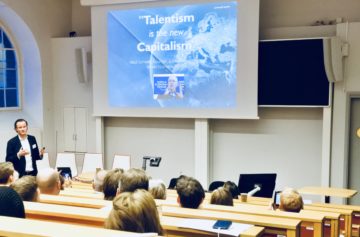
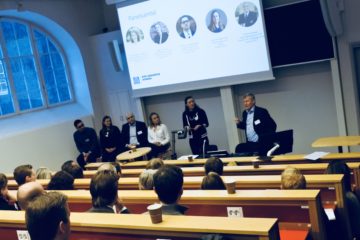
Do you want to improve they way you and your organisation adress this issue? Contact Johan Olsson to get help. The question is also adress within our Executive Program Consultancy Management.
Knowledge; the key to success abroad – A small and medium-sized enterprise perspective

For well over a decade asian countries has been a powerful engine of the global economy, regularly posting high single-figure or even double-digit annual increases in GDP. For a long time, asian companies had the reputation for being shameless copycats of Western products. Today they are pushing the frontiers of innovation. For international businesses interested in the asian markets, the biggest difficulty is how to address the complex dynamics between cultural, social, political and economic factors.
Brown Bag Lunch at KTH: Thinking inside the Box
Time: Thu 2018-02-01 12.00 – 13.00
Lecturer: Christian Pleijel, KTH Executive School
Location: Room Bora Bora, Teknikringen 10B, 2nd fl, KTH
Islands are shiny buttons on the big European coat. Although surrounded by vast volumes of water, freshwater is often scarce. Having lots of tourists, islands need lots of water especially in summer when demand peaks sharply.
Is it a choice between Big Brother watching you and you watching Big Brother?
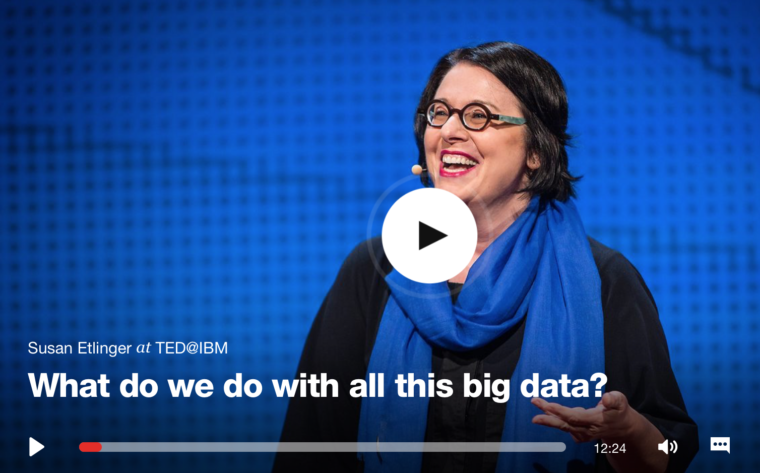 The TED-talk recommendation of today is about data and how it can be used. In a nutshell, it’s a choice between Big Brother watching you and you watching Big Brother. Susan Etlinger want us to not become passive consumers of data and technology. She believe that we shape the role it plays in our lives and the way we make meaning from it, but to do that, we have to pay as much attention to how we think as how we code.
The TED-talk recommendation of today is about data and how it can be used. In a nutshell, it’s a choice between Big Brother watching you and you watching Big Brother. Susan Etlinger want us to not become passive consumers of data and technology. She believe that we shape the role it plays in our lives and the way we make meaning from it, but to do that, we have to pay as much attention to how we think as how we code.

